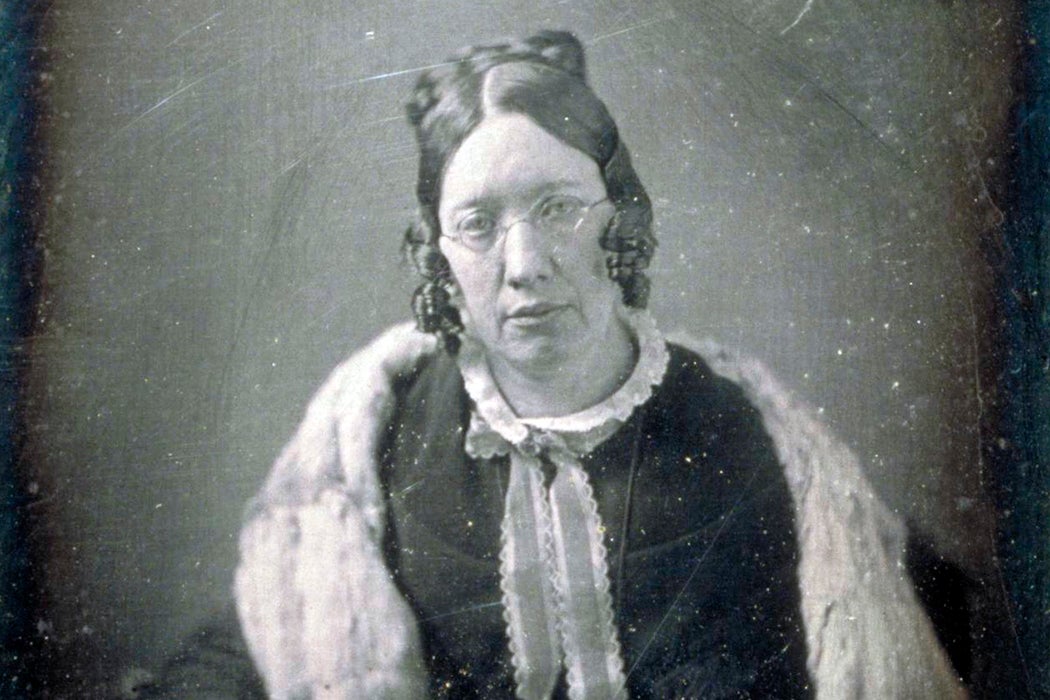From the Women’s Marches to Moms Demand Action for Gun Sense in America, there’s a distinctly gendered element to a lot of activism in the Trump era. In fact, the American tradition of women speaking about politics goes back to Andrew Jackson’s genocidal Indian Removal campaign, as scholar Alisse Theodore explains.
Jackson’s defeat of President John Quincy Adams in 1828 gave him “a clear mandate from southern states to establish U.S. sovereignty rather than preserve Indian rights,” Theodore writes. But there was also a loud force taking the opposite side. In 1829, the American Board of Commissioners for Foreign Missions, representing missionaries who were trying to “educate and Christianize” Native nations in the South, lobbied against the plan. Jeremiah Evarts, the ABCFM’s corresponding secretary, also became a widely-read spokesman for the opposition under the pseudonym William Penn.
Evarts thought women could help spread his message effectively, so he enlisted his friend Catharine Beecher, the head of a Connecticut girls’ school, to help. Beecher enthusiastically agreed, writing an anonymous letter “To the Benevolent Women of the United States,” which was distributed in circulars and newspapers across much of the country. In response, more than 1,400 women signed petitions protesting the forcible removal of Native people from their lands.
This marked the first time groups of women appealed collectively to the federal government. Between 1789 and 1830, most petitions to Congress had dealt with issues like immigration, tariffs, and postal routes—unambiguously matters for men by the standards of mainstream politics at the time.
While men also petitioned the government about Indian Removal, Theodore found that the women’s petitions were distinct in the language they used and the arguments they made. Women in Steubenville, Ohio, for example, took pains to note that that political engagement was “wholly unbecoming the character of American females” under normal circumstances. But the petitions framed Jackson’s plans as outside the realm of “normal circumstances.” In particular, they expressed concern about Native people who were, or might become, Christian—religion being an area where women might legitimately express an opinion. In one petition, the women of Hallowell, Maine wrote they were “unwilling that the church, the school, and the domestic altar should be thrown down before the avaricious god of power.”
Want more stories like this one?
In some cases, the petitions’ language also leaned on women’s emotional responses. Monson, Massachusetts women wrote that “seventy thousand men, women, and children who have no power to defend themselves, and no earthly protector from robbery and oppression and injustice;—have made a deep impression on our hearts.”
In the end, of course, none of this worked. The forced removal of Native Americans began in 1831 and culminated in the 1838 Trail of Tears, devastating Native nations and leaving thousands dead.
Still, the precedent of women organizing politically as women, often using distinctively moral language, was repeated often in the decades that followed, from the abolition and temperance movements to today’s organizations.







